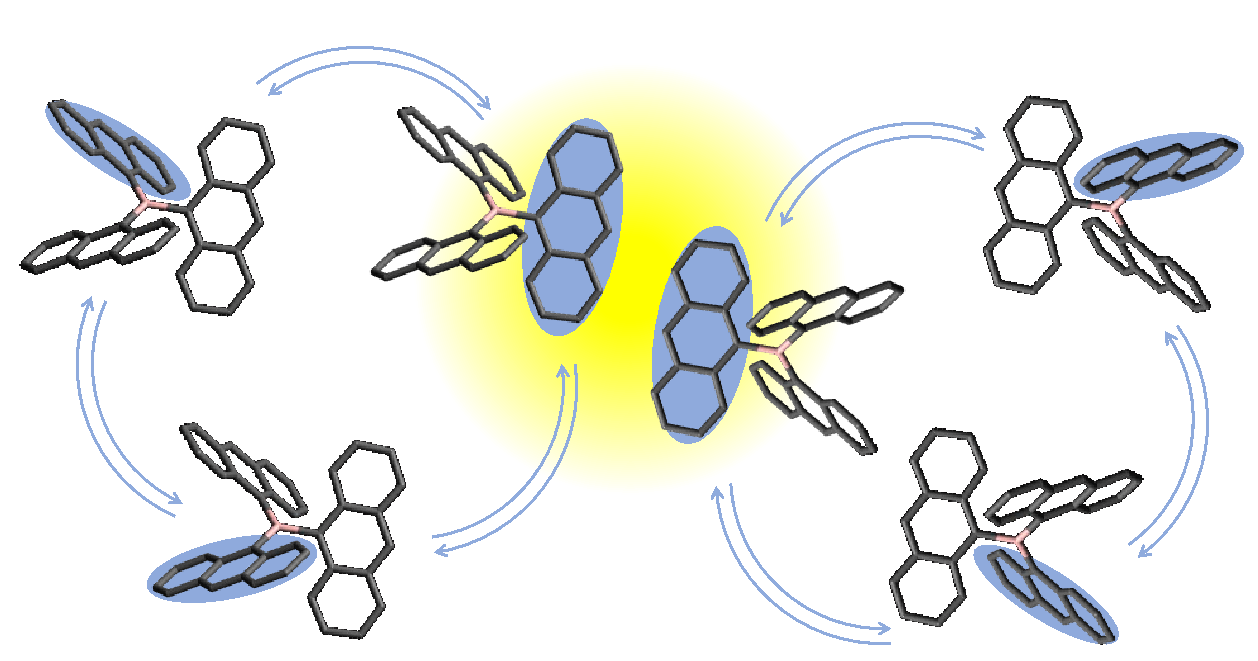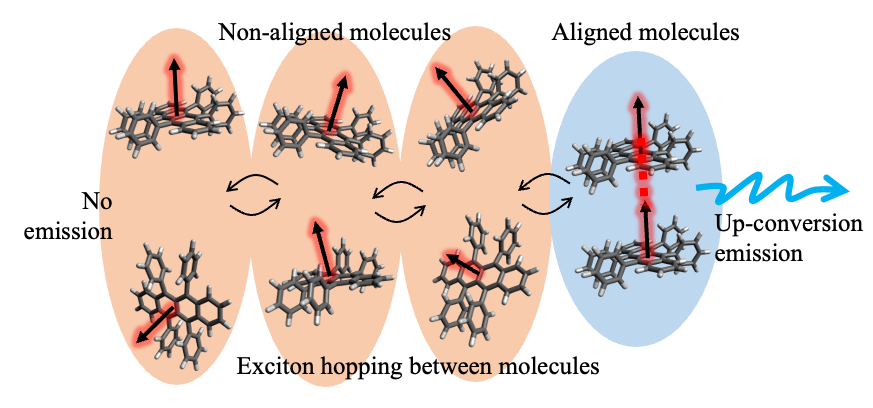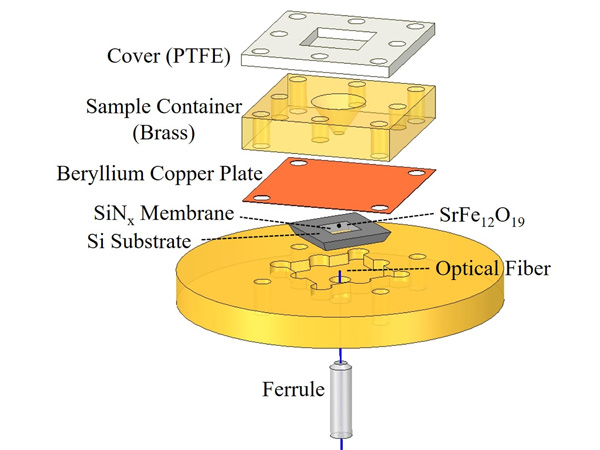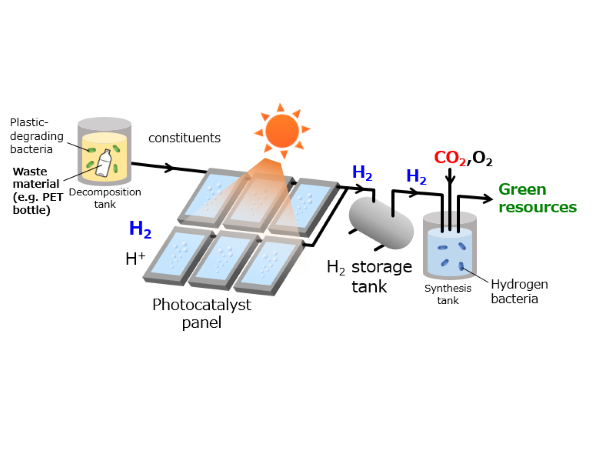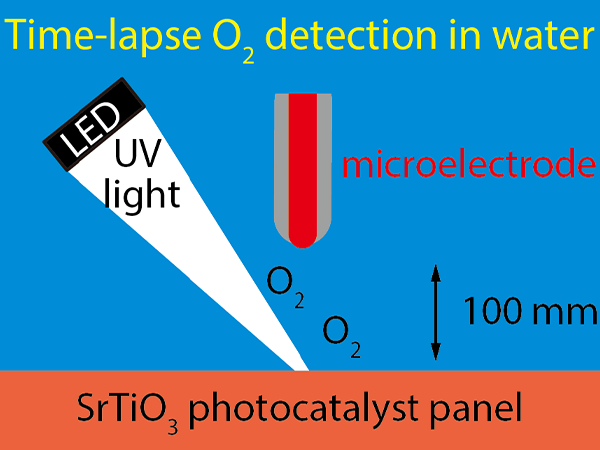As suggested by their name, Möbius molecules have a twisted loop structure, a special characteristic with many potential applications. A Japanese research team has revealed the properties of a type of Möbius aromatic molecule that expresses magnetism and retains high energy levels when exposed to light. These characteristics could potentially be applied in organic solar batteries, lights, and conductive materials.
The findings were made by a research team led by Professor Yasuhiro Kobori (Kobe University), Professor Atsuhiro Osuka (Kyoto University), Professor Kazunobu Sato and Project Professor Takeji Takui (Osaka City University), and the study was published on May 10 in The Journal of Physical Chemistry Letters.
Möbius aromatic molecules have drawn attention because they can be energized by light. When this happens, in their electronically excited state they display “antiaromaticity”, characterized by high energy levels and high instability. This excited state could be used in the development of ecofriendly organic devices, such as organic thin-film solar cells and electroluminescent elements. However, the details behind the electronic character of this state and its antiaromatic properties remained unclear.
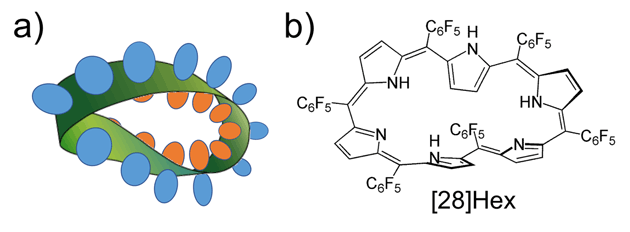
a) The pi-electron orbit and Mobius loop in 4n organic compounds with Mobius aromatic properties.
b) Structure of the ring-shaped molecule ([28] hexaphyrin) which displays stability because of its Mobius aromatic properties (n=7) in its ground state.
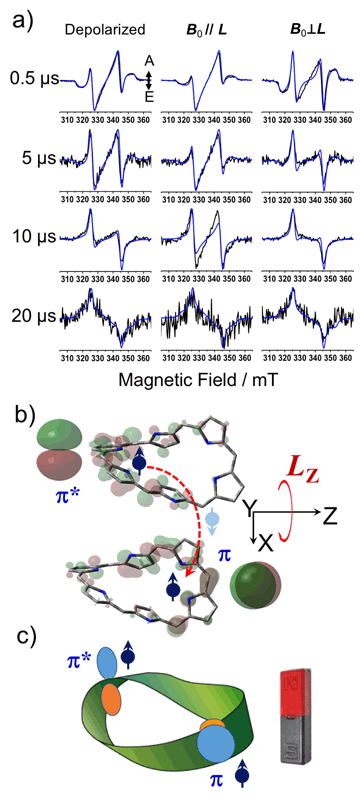
a) The time-resolved electron paramagnetic resonance (TREPR) spectrum for the excited triplet state obtained from [28] hexaphyrin observed at several delay times. A and E show the signals (electron spin polarization) based on the absorption and release of microwaves. On the left, electrons are excited by depolarized light. B 0 and ( L ) show the light parallel to the external magnetic field and perpendicular to the external magnetic field.
b) The distribution of the unpaired orbitals (π and π*) that express the directions of the main axes (X,Y,Z) for interaction between the unpaired electric dipoles shown by TREPR spectrum analysis.
c) The electrons in the triplet charge-transfer state. Parallel triplet spin configurations are shown in the Mobius strip. This study showed that the angular momentum change between the electron orbitals localized and bisecting each other leads to a deactivation to the non-magnetic ground state, and is a new marker for antiaromaticity.
In this study, the group applied a time-resolved electron paramagnetic resonance method that uses microwaves and electromagnets to detect the magnetic properties of a reactive intermediate. They observed the excited triplet state of a Möbius aromatic molecule [28] hexaphyrin. Illuminating this hexaphyrin with laser pulses, they detected the resonance between the microwave and the electron spins linked to the magnetism of the excited triplet state and to the external magnetic field as a snapshot with an accuracy of 10 million parts a second after each laser pulse.
They also changed the angle of the polarization of the laser pulse relative to the direction of the external magnetic field. This allowed them to clarify the 3-dimensional location of the triplet spin, as well as taking 10 million “snapshots” a second of the deactivation process on sub-levels of the triplet. Their analysis revealed that twisted ring molecules possess a “charge-transfer” character that releases and localizes the charge at right angles between the orbitals. The charge transfer blocks the stabilizing effect caused by the exchange interaction between the electrons, thus contributing to the higher energy to provide the source of the molecule’s strong antiaromatic properties.
The electron distributions in the present triplet state are very different from those in the excited singlet state species which does not exhibit magnetism. This study demonstrated that each electron distribution is localized in one part of the molecule’s ring framework. They also showed that changing the orbital angular momentum between the localized orbitals in the triplet state leads to a quick deactivation of one sub-level to the ground state. These orthogonal orbital angle relations only appear in the twisted Möbius topology, meaning that the deactivation process could offer new tools for indexing antiaromatic character and for analyzing the excited state geometry.
Professor Kobori comments, “The special electronic properties of this highly active excited state could be applied in electronic functional materials, such as organic solar cells and electric conductors, and could potentially contribute to the solution of energy and environmental issues”.
Journal information
- Title
- “Charge-Transfer Character Drives Möbius Antiaromaticity in the Excited Triplet State of Twisted [28]Hexaphyrin”
- DOI
- 10.1021/acs.jpclett.8b00740
- Authors
- Fumitoshi Ema, Mana Tanabe, Shohei Saito, Tomoki Yoneda, Kenji Sugisaki, Takashi Tachikawa, Seiji Akimoto, Seigo Yamauchi, Kazunobu Sato, Atsuhiro Osuka, Takeji Takui, Yasuhiro Kobori
- Journal
- The Journal of Physical Chemistry Letters







